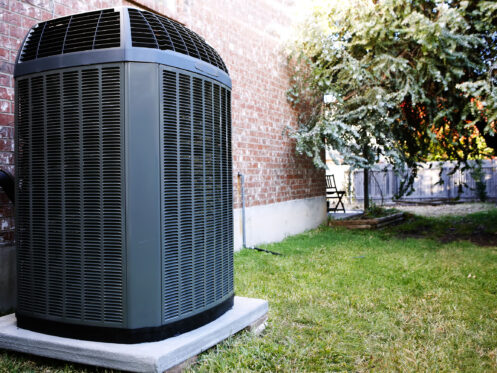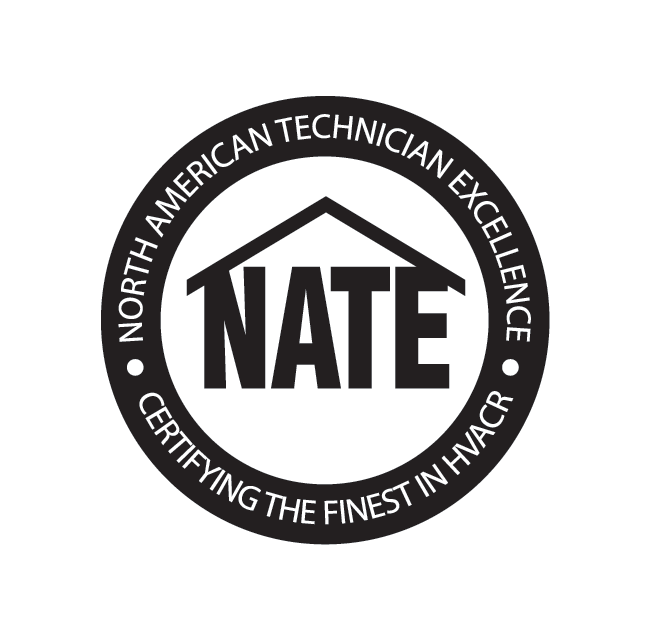Smart home technologies offer enhanced convenience, energy efficiency and control over various aspects of home living. These technologies leverage sensors, different types of connectivity and intelligent algorithms to monitor, control and optimize functions. When it comes to integrating a new HVAC system with smart home technologies, the possibilities for improving comfort and efficiency are vast.
HVAC Systems and Voice Control
One of the most common and user-friendly ways to manage HVAC systems and other smart home gadgets is with your voice. Voice control improves accessibility and convenience by letting people make modifications without using their hands. It also takes away the hassle of having to deal with complicated interfaces. Users can increase or decrease the temperature settings of the HVAC system with voice control. For example, saying “Set the thermostat to 72 degrees” will adjust the temperature accordingly. Other voice commands let them switch between heating and cooling modes, alter schedules, manage ventilation, activate ECO mode and more.
HVAC Systems and Smart Thermostats
Smart thermostats offer advanced features such as programmable schedules, adaptive learning algorithms and remote access via smartphone apps. By adapting to occupancy patterns, preferences and external factors like weather, these advanced thermostats help the home use less energy while making it more comfortable. As a result of using less energy, monthly energy bills go down and the HVAC systems experience less wear and tear.
HVAC Systems and Smart Zoning
By integrating zoning capabilities with a new HVAC system, homeowners can independently regulate temperatures in each zone based on occupancy and usage patterns. Smart zoning enhances comfort, reduces energy waste and minimizes the workload on the HVAC system. It does this by directing conditioned air only where it’s needed, rather than heating or cooling the entire home uniformly.
HVAC Systems and Geofencing
Geofencing technology utilizes the GPS capabilities of smartphones to create virtual boundaries around a home. By integrating geofencing with a new HVAC system, homeowners can automate temperature adjustments based on their proximity to the property. For example, the HVAC system can automatically adjust settings to conserve energy when the occupants are away from home. It can pre-condition the indoor environment to desired comfort levels as they approach, ensuring a comfortable welcome upon arrival.
HVAC Systems and Smart Lighting
While lighting may not seem directly related to HVAC systems, integrating smart lighting solutions with a new HVAC system can contribute to overall energy efficiency and comfort. For instance, smart lighting systems can adjust brightness and color temperature to complement natural daylight, reducing the need for artificial heating or cooling. Coordinated scheduling and automation between lighting and HVAC systems help the home use less energy while enhancing the ambiance of living spaces.
HVAC Systems and Smart Ventilation
Smart ventilation systems integrate with HVAC systems to monitor indoor air quality parameters such as humidity, CO2 levels and airborne pollutants. Based on real-time data, smart ventilation systems adjust airflow rates and ventilation schedules to ensure optimal air exchange while minimizing energy consumption. This integration enhances indoor air quality, promotes occupant health and reduces the risk of mold and moisture-related issues.
HVAC Systems and Predictive Maintenance
New HVAC systems with smart predictive maintenance capabilities allow homeowners to plan maintenance in advance, fix problems before they happen and save money by reducing the likelihood of failures. HVAC technicians use predictive maintenance algorithms to maximize system performance and lifespan. These algorithms evaluate performance data, spot abnormalities or deterioration patterns and deliver actionable insights.
HVAC Systems and Occupancy Sensors
Occupancy sensors detect the presence or absence of occupants in specific areas of the home. Integrating occupancy sensors with a new HVAC system allows homeowners to automate temperature adjustments based on room occupancy. The HVAC system can lower heating or cooling in empty rooms to save energy. When occupants return, the sensors signal the HVAC system to heat or cool the room without the need for manual intervention.
HVAC Systems and Remote Access
A modern HVAC system with remote access capabilities allows homeowners to remotely control the temperature, monitor the system’s condition and get warnings or messages. This adaptability optimizes heating and cooling efficiency and is especially helpful while traveling for long periods of time.
When you need heating, cooling, indoor air quality or water heater services in Hudson, OH, you need Bernard Heating & Cooling. To learn more about integrating smart technologies with an HVAC system, contact us now.



